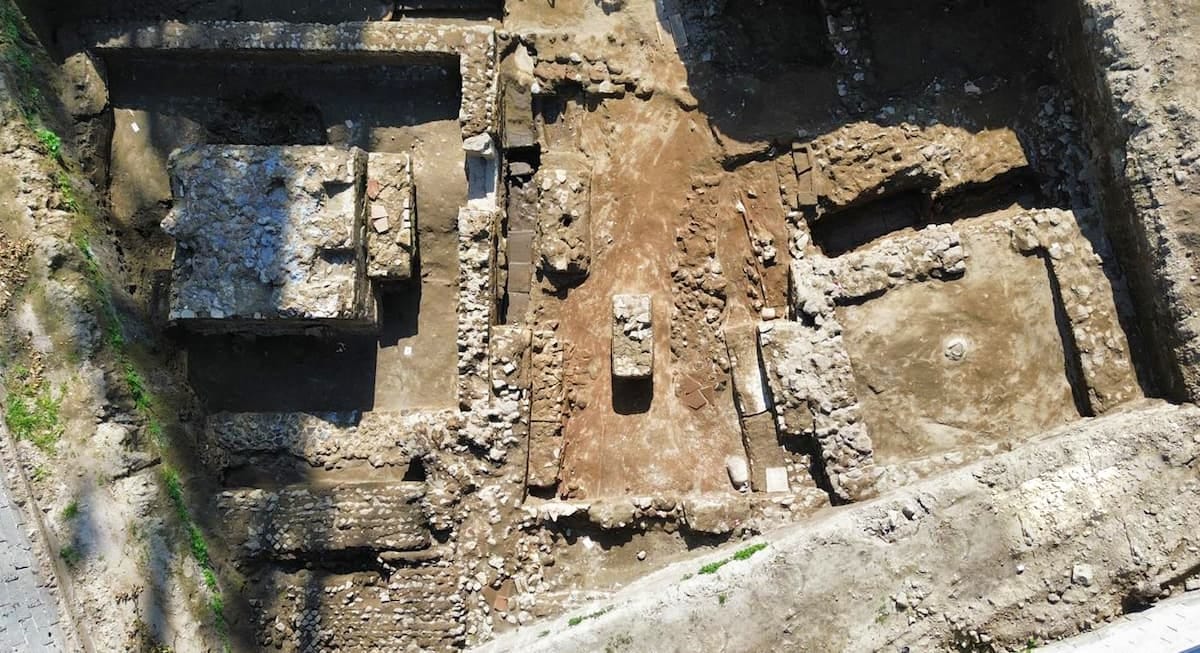The Tomb of a Gladiator Discovered in South Italy’s Liternum Necropolis
Latest News
Reported by the Greek Reporter:
A marble tomb believed to belong to a Roman gladiator has been uncovered in a newly discovered cemetery in the ancient town of Liternum, now part of Giugliano in Campania, Italy.
The find is part of a larger excavation revealing new details about daily life, burial customs, and the history of this once-thriving Roman settlement.
Led by archaeologist Dr. Simona Formola, the team has uncovered more than 20 graves dating from the late 1st century BCE to the 3rd century CE. The site, which is about the size of a small classroom, includes various types of burial grounds.
Some bodies were placed in stone tombs, while others were buried in clay jars or covered with simple roof-shaped tiles. Many of the graves line the edges of the cemetery.
One of the most striking finds is a square-shaped tomb, measuring about three meters on each side, located in the center of a burial area.
The tomb was built using volcanic rock bricks arranged in a diamond pattern. Inside, small wall spaces held urns containing ashes, suggesting the site was used across several generations.
Archaeologists also uncovered two high-status burial enclosures believed to belong to elite families. These spaces still show large sections of their original white plaster walls.
Later, red details were added, showing a shift in design over time. The careful decoration hints at the importance of those buried there.
Among the most notable discoveries is a marble grave marker bearing the name of a gladiator. The inscription suggests that Liternum may have served as a resting place for fighters who once entertained crowds in Roman arenas.
Read more here.



